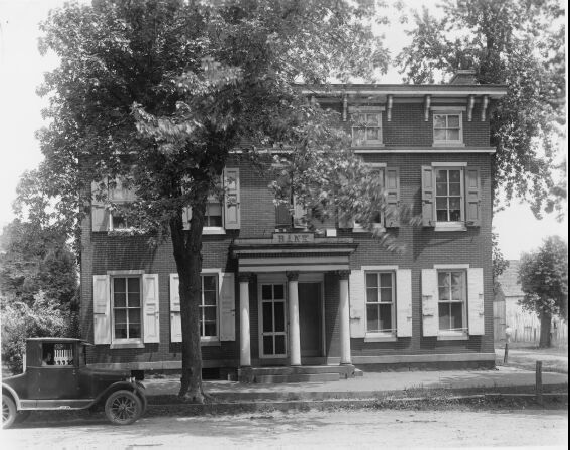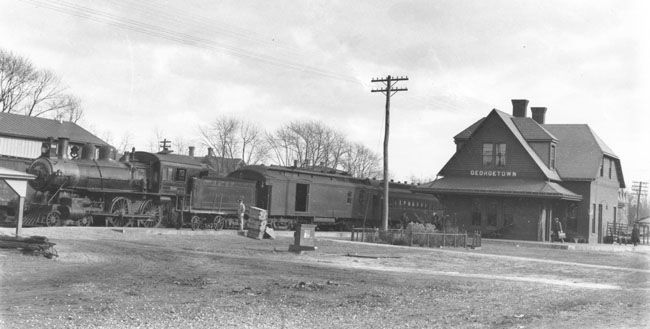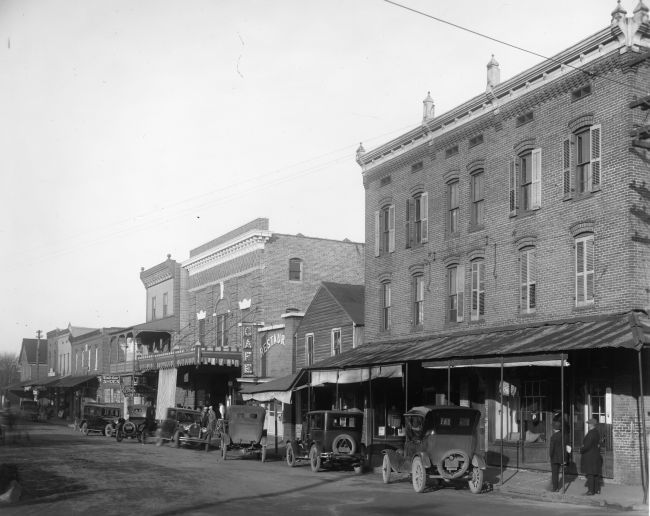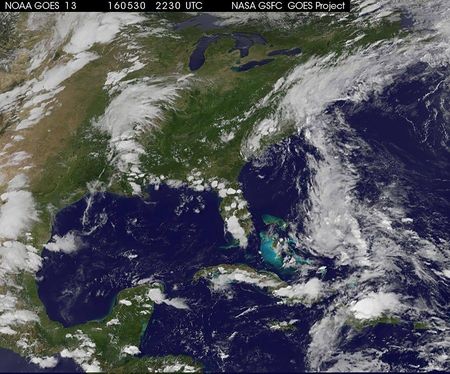1920s Delaware Tells an Interesting Tale

When we think of the Roaring Twenties (or any raging time), odds are we probably don’t think of Delaware. But this era wasn’t all about moonshine and flapper dresses; it was also a time of great prosperity.
Delaware might not have been as much of a party animal as other areas, say New York and Chicago, but it still represented the 1920s well. It showcased a time when people were happy and fulfilled. They were also patriotic, riding high off the victory of World War I. And they were blissfully unaware of the looming depression.
As a coastal state, it comes as no surprise that seafood was a large part of people’s lives back then (it’s still a large part today). In fact, per local lore, it’s rumored that explorer John Smith once found his boat run aground on oyster reefs while exploring the Chesapeake Bay. There were just that many of them.
The railroads also impacted many Delaware residents, just as they impacted Americans everywhere. Not only did trains bring in goods that people needed, like food and raw materials, but they wildly broadened travel options. They carried the curious throughout the state, into tiny towns and boroughs once ignored by tourists.
Delaware was even well known for its libraries and banks. Back then, knowledge wasn’t accessible through the push of a button. Instead, you actually had to open a book like some kind of animal! This helped make libraries popular; they were like the world wide web but inside a building.
The banks of Delaware were also prominent and in existence long before the federal banking overhauls. This was back when banks were uninsured and heavily relied on both trust and faith in commerce. There was even a bank called the Farmer’s bank in Dover. It was named for its popularity among farmers and rancher.
The Great Depression changed the country, leading to massive changes in banking everywhere, from Main Street to the Federal Reserve. Still, it didn’t change everything: to this day, Delaware is one of the five states that doesn’t have sales tax. Oregon, Montana, Alaska and New Hampshire are the others.
Delmar, Delaware was among the most popular destinations for locals. Fondly known as “the little town too big for one state,” it straddles Maryland at the Delaware border. It was popular back in the 1920s because of the railroad depot. With travelers coming in and going out, the demand for restaurants and shops skyrocketed, making Delmar well worth the visit.
Most people know that Delaware was the first state in the union, but here are a few more interesting things before we part: it has the lowest mean elevation (60 ft) in the country (Colorado, by comparison, has the highest: 6800 ft); it’s the smallest state with the exception of Rhode Island; its nickname “the Diamond State” comes from Thomas Jefferson, who deemed it a “jewel” because of its accessibility to the Eastern Seaboard.
Finally, the Blue Hen Chicken is the state bird. While it may be a chicken, it’s in name only: the Blue Hen is the fiercest of all the fighting birds. It’s so fierce that soldiers even used it for inspiration during the Revolutionary War. Turns out the Bald Eagle has some competition.













